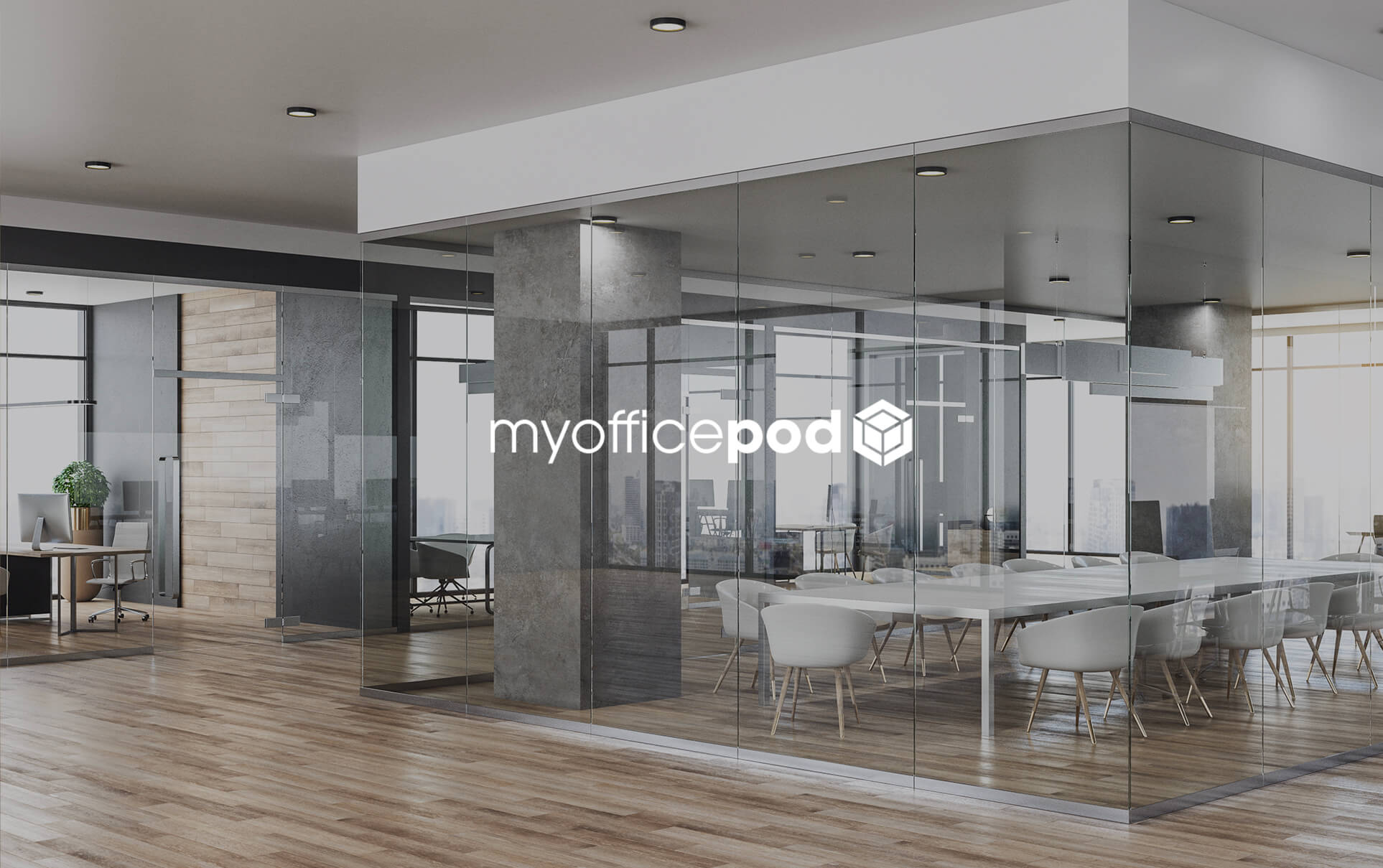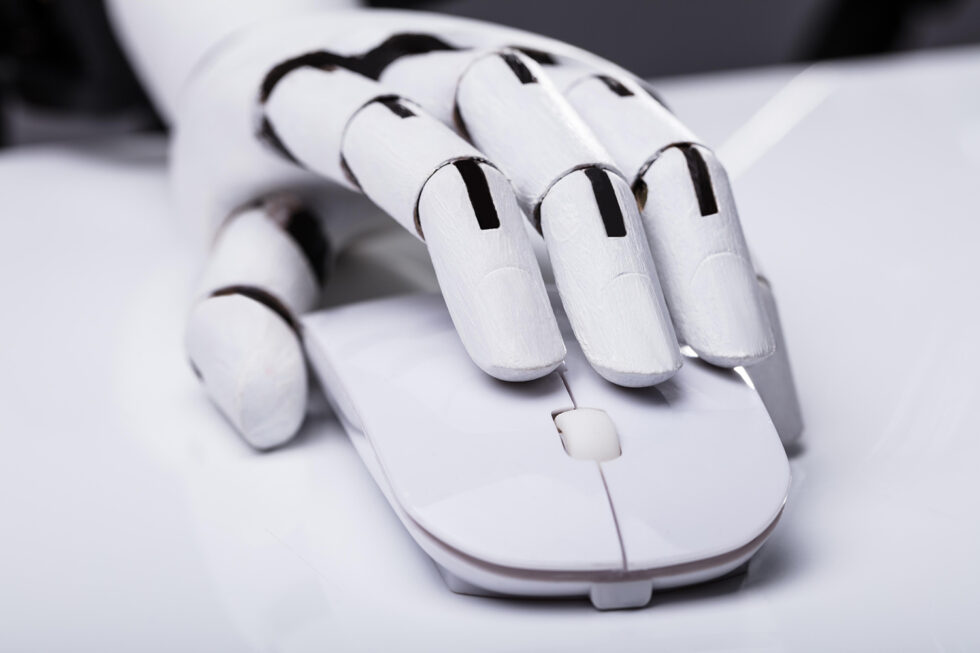MD – Why should you pay attention to AI in web development? Because the future of website development is here, and it uses artificial intelligence to deliver the ultimate UX.
From the basic text documents that dominated the 1990s to today’s responsive and clean interfaces, web design is a constantly evolving industry that reinvents itself to meet the changing need of internet users. Of all the technological advances we’ve seen in recent decades, none are as impressive – or controversial – as artificial intelligence (AI). While some believe this emerging technology will take jobs, others maintain that AI will revolutionise the world of web design and the digital landscape. The fact of the matter is, AI offers immense potential to transform the way designers create websites and enhance user experience. Why is AI such a game-changer for web design and what we can expect in the future? Let’s find out…
The influence of AI in web design
Artificial intelligence got its name in 1956 when John McCarthy spoke about the topic at a conference, but despite significant advances, it’s only become popular in recent years. Advances in technology and automation mean today’s AI is more sophisticated than ever. Its accessibility also allows businesses of all sizes to access various solutions – including the web design and development sector. With its ability to analyse vast amounts of data, learn from patterns, and make intelligent decisions, AI has the potential to revolutionise the web design landscape, allowing designers to create highly personalised and engaging websites that cater to the unique preferences of individual users.
9 ways artificial intelligence has impacted web development and design
To understand what the future will hold for website design, we need to look at how it’s impacted the industry in the past and present. Recent changes show improvements in design capabilities, productivity and heightened user experience. Let’s take a look at each in more detail:
1. AI-powered design tools
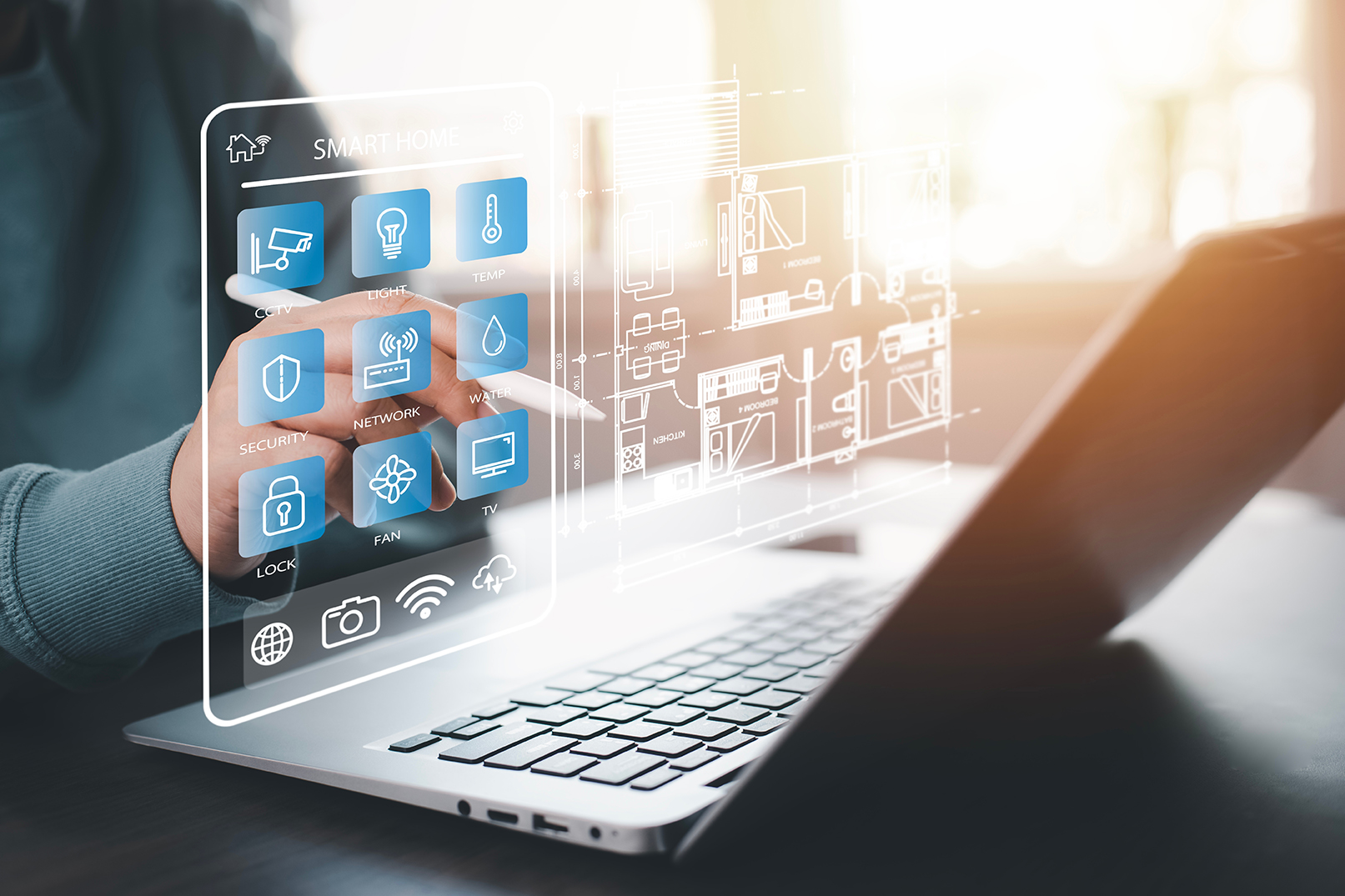
One of the biggest benefits of AI is its ability to automate time-consuming and repetitive tasks. Designers previously had to perform numerous roles manually, but AI can now generate code snippets and resize images automatically. Another impressive feature of AI is how it can generate custom layouts based on data. Algorithms use data sets such as consumer preferences and browsing behaviour to develop personalised website layouts. Designers can save time on manual research and utilise the insights AI gathers to create better websites and drive forward engagement by making online platforms more appealing and user-friendly.
2. Personalised content recommendations
AI’s ability to analyse data far surpasses humans’ capabilities, which means websites can now offer a personalised experience for all visitors. According to Salesforce, 97% of businesses have positive outcomes when they focus on delivering personalisation and 70% of personalisation-focused brands secured at least 200% ROI, showing the true power of offering consumers a more tailored experience. By understanding user preferences, browsing history, and demographics, AI-powered websites can deliver relevant content to users, increasing engagement and driving conversions.
3. Intelligent chatbots
AI-powered chatbots are integral to modern web design, giving customers better service and guiding them through various processes. These genius virtual assistants are so advanced that many website visitors don’t know they’re not speaking to a real person. By leveraging natural language processing and machine learning, chatbots can understand user inquiries and provide accurate responses, mimicking human-like interactions. The result is improved user experience and customer satisfaction as people no longer have to wait for support.
4. Improved performance and speed
Website performance and speed are major ranking factors on Google, and AI plays a central role in analysing performance metrics. The technology monitors user interaction and can minimise resource usage, optimise page loading times and enhance the overall performance of any online platform. The result? Lower bounce rates, faster web pages, happier visitors, and a higher search engine rank.
5. Better caching mechanisms
Caching mechanisms store web pages, images, and other resources locally, quickly serving requests for the same resources. They reduce network traffic and improve user experience, but AI can manage these mechanisms to enhance your site’s performance. Artificial intelligence uses its data mining abilities to isolate and cache the content users frequently access. Speedier content delivery offers internet users a more efficient browsing experience, improving accessibility while reducing the load on servers.
6. Responsive design and adaptability
We all know how vital responsive websites are, with 57% of people saying they wouldn’t recommend a business with a poorly designed mobile website (LinkedIn). The fact is, if people don’t get a seamless experience on your web pages, they’ll go elsewhere. AI takes away the stress of creating responsive and adaptive designs with its ability to analyse device types, screen sizes and user preferences. The technology can automatically adjust websites and ensures all target audience members get the best possible experience. AI goes much further than responsive designs; it also ensures cross-browser compatibility. Special tools will test web pages on different browsers and flag any compatibility issues, which saves time and ensures consistency.
7. Security and fraud prevention
Ensuring website security is of paramount importance in today’s digital landscape. AI can bolster security measures by continuously monitoring websites for potential threats, detecting suspicious activities, and preventing fraudulent actions. AI uses algorithms to flag potential security risks and identify possible cyberattacks. The real-time approach means web designers and managers can take a proactive approach to secure data.
8. Improved SEO
Search engine optimisation (SEO) is essential for increasing website visibility and organic traffic, and AI is making it easier than ever for website owners to improve their rankings. Artificial intelligence can use its deep learning capabilities to analyse user search patterns and algorithms and deliver insights into competitor data. By leveraging AI-powered SEO tools, web designers can optimise website content, meta tags, and structure, leading to higher search engine rankings and improved online visibility.
9. AI-Powered data analytics
Traditional data collection methods were time-consuming and prone to human error, but AI takes a challenging task and turns it into a stress-free experience. Web designers can collect and analyse vast user data and extract valuable insights that facilitate website improvements. By leveraging AI-powered analytics tools, designers have endless information at their fingertips and can use it to build websites that perform well.
What future trends can we expect to see for AI-infused website development and design?
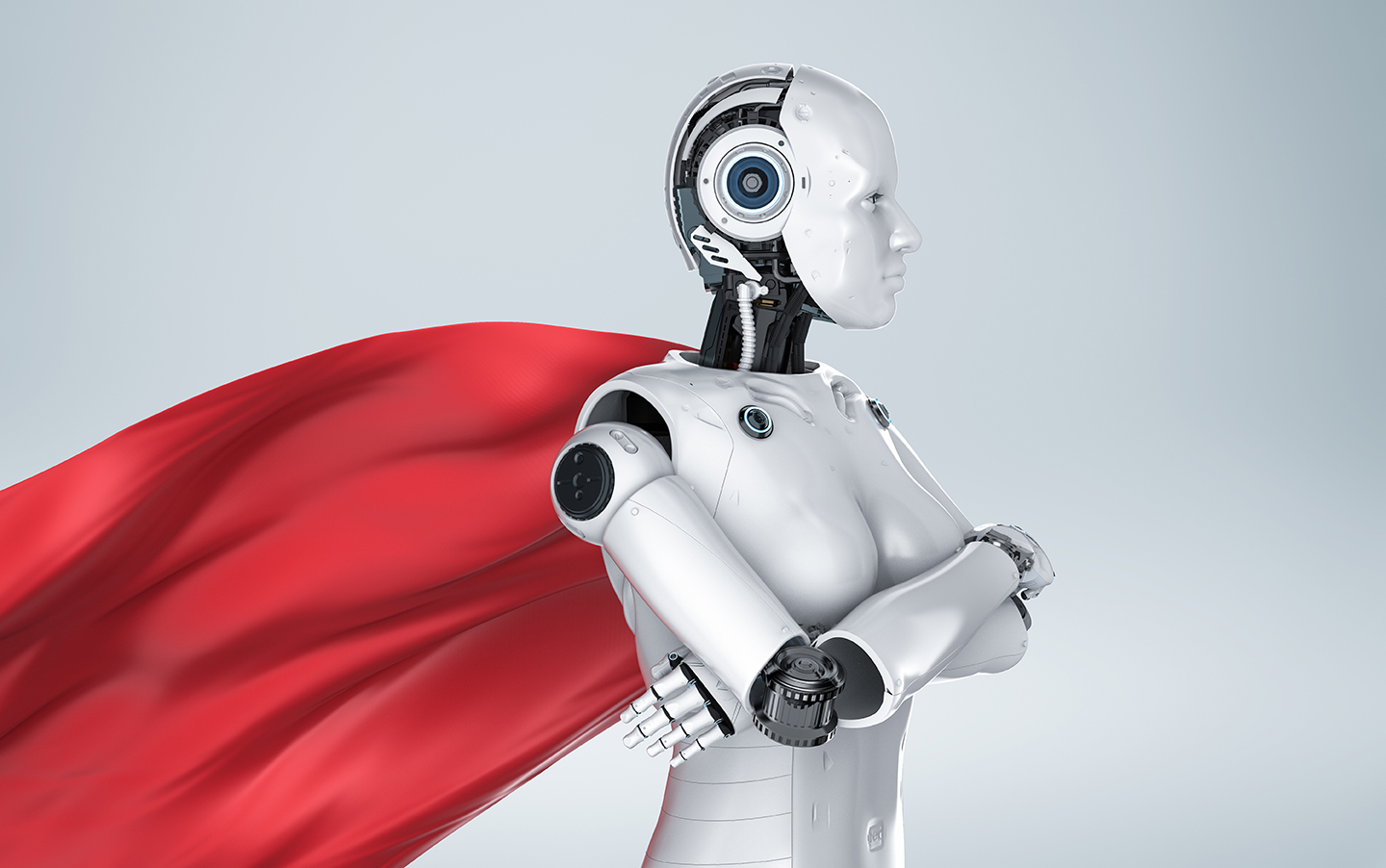
AI will continue to advance and make life easier for web developers, but which trends can we expect to see? The future looks bright for website development companies and their clients, from advanced chatbots to further artificial design intelligence.
Advanced predictive analytics to optimise user experiences
Advanced predictive analytics will continue to play a crucial role in optimising user experiences and will enhance web design by:
- Intelligent recommendations: Predictive analytics will continue to power intelligent recommendations on websites and suggest relevant products, articles, or services based on user preferences and behaviour.
- Dynamic user interfaces: Web designs will become more dynamic and adaptable thanks to predictive analytics. They’ll automatically adjust their layout, content placement, and even colour schemes in the future based on user preferences and device type.
- Anticipatory design: With advanced predictive analytics, web designers will anticipate user needs and proactively provide solutions. For example, a website may predict that a user will likely abandon a shopping cart based on their browsing behaviour and offer a discount or free shipping to encourage the purchase.
Virtual Reality & Augmented Reality integrations
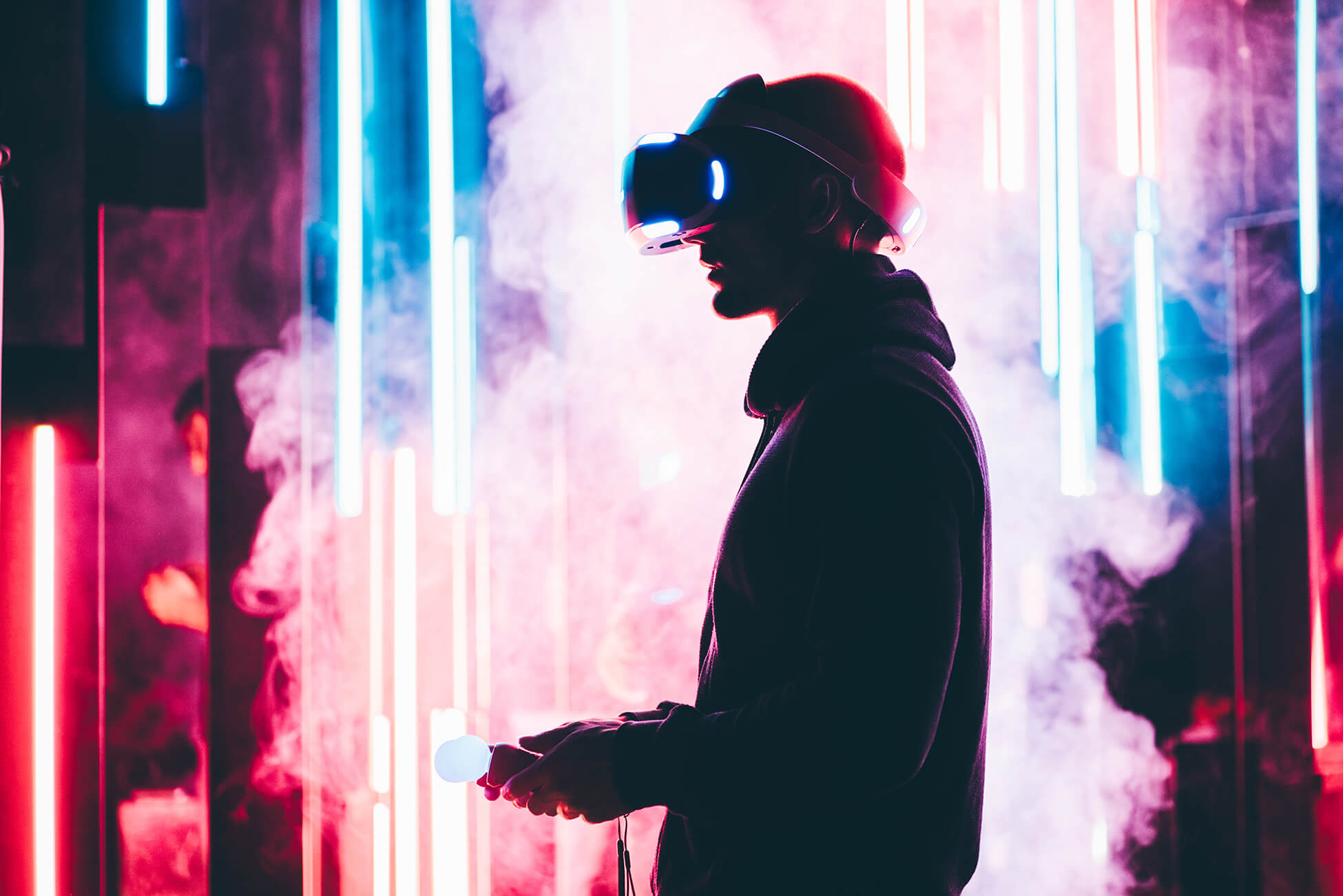
Perhaps the most transformative thing we can expect is the integration of Virtual Reality (VR) & Augmented Reality (AR) to create immersive experiences for website users. In the future, VR and AR technologies will seamlessly integrate into web browsers, allowing users to access immersive content without needing additional applications or devices. Visitors could interact with virtual characters in real-time, visit a virtual showroom and try on clothing, creating a better experience for everyone. Website designers can create user-focused platforms that boost conversions and immerse them in a business.
AI-powered visual and voice searches
It’s also likely that voice search will become more natural and conversational, allowing users to interact with devices and applications using their voice as if they were speaking to another person. AI-powered voice assistants will be capable of understanding context, intent, and complex queries, making it easier to find information, perform tasks, and control smart devices. Visual searches are already gaining traction, with Google Lens allowing people to take a photo of an item and find matches online. In the future, the searches will become more advanced and provide more accuracy for users.
Will AI make humans in the web design and development industry obsolete?
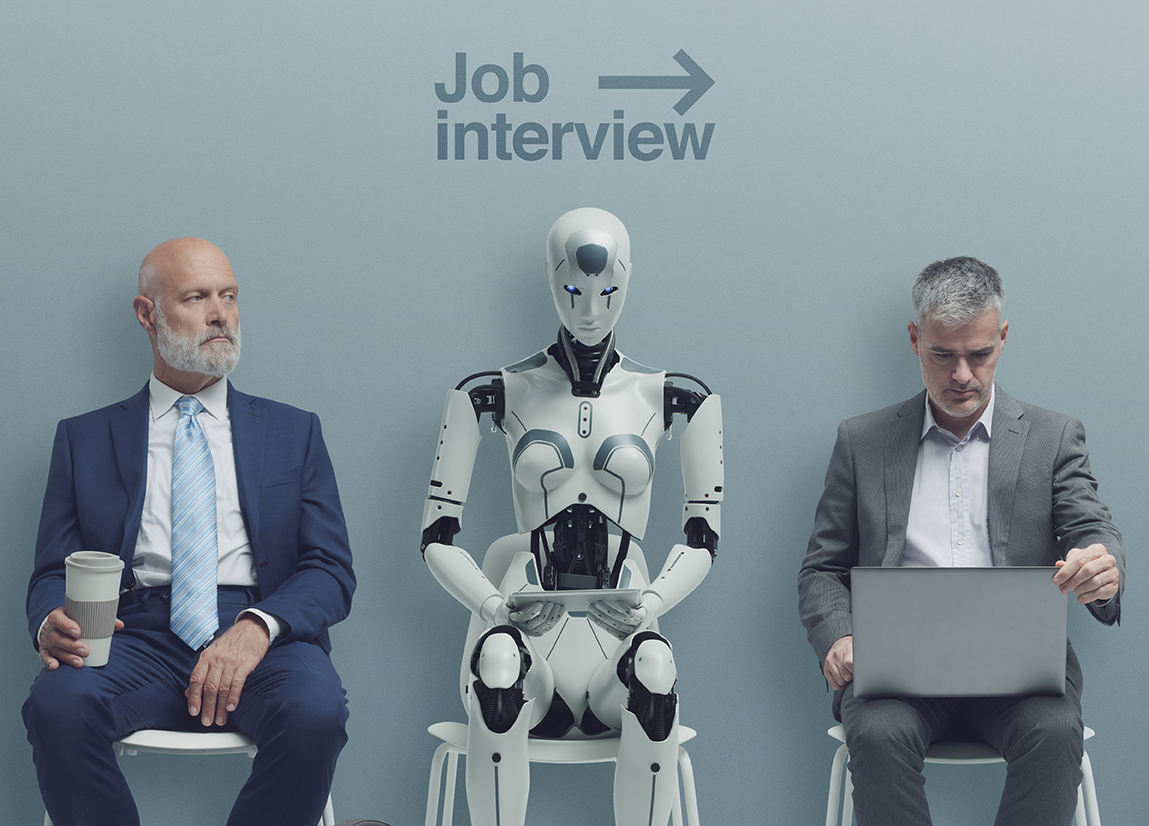
Now for the big question; will AI technology completely take over the web design industry? No, it won’t. Yes, AI has the potential to automate certain aspects of web design and development, but humans will always play a crucial role in the field. Here’s why:
- Human creativity: Web design requires a creative process and a deep understanding of aesthetics, user experience, and branding. AI uses data to develop designs, but humans offer online businesses originality and innovation through custom web development services.
- Complex problem-solving: Web development involves intricate problem-solving, programming logic, and adapting to evolving technologies. AI can assist with automated code generation or template-based solutions, but humans tackle complex challenges by thinking out of the box.
- User-centric approach: Successful web design and development require a deep understanding of target audiences, user behaviour, and market trends. AI doesn’t have empathy, so it can analyse user behaviour but not the emotions that drive that behaviour.
- Communication and collaboration: Humans excel in understanding client requirements, gathering feedback, and collaborating with team members or stakeholders, making them essential in planning and completing a website project.
The bottom line
AI-based solutions have the power to transform the web design industry by revolutionising the creation of websites and delivering better experiences for users. However, the technology relies heavily on learning from human expertise, so it can’t understand emotions and think outside the box. Web development and design professionals can utilise artificial intelligence to deliver a better client experience and provide speedier service. The technology brings endless benefits to website designers, users and owners, opening up new possibilities for an inevitable user-centric digital future. With so many exciting advances to look forward to, there’s never been a better time to embrace AI. And that’s exactly what we’re doing here at Bond Media. To find out how we can leverage AI in your web design, get in touch with our friendly team today.




